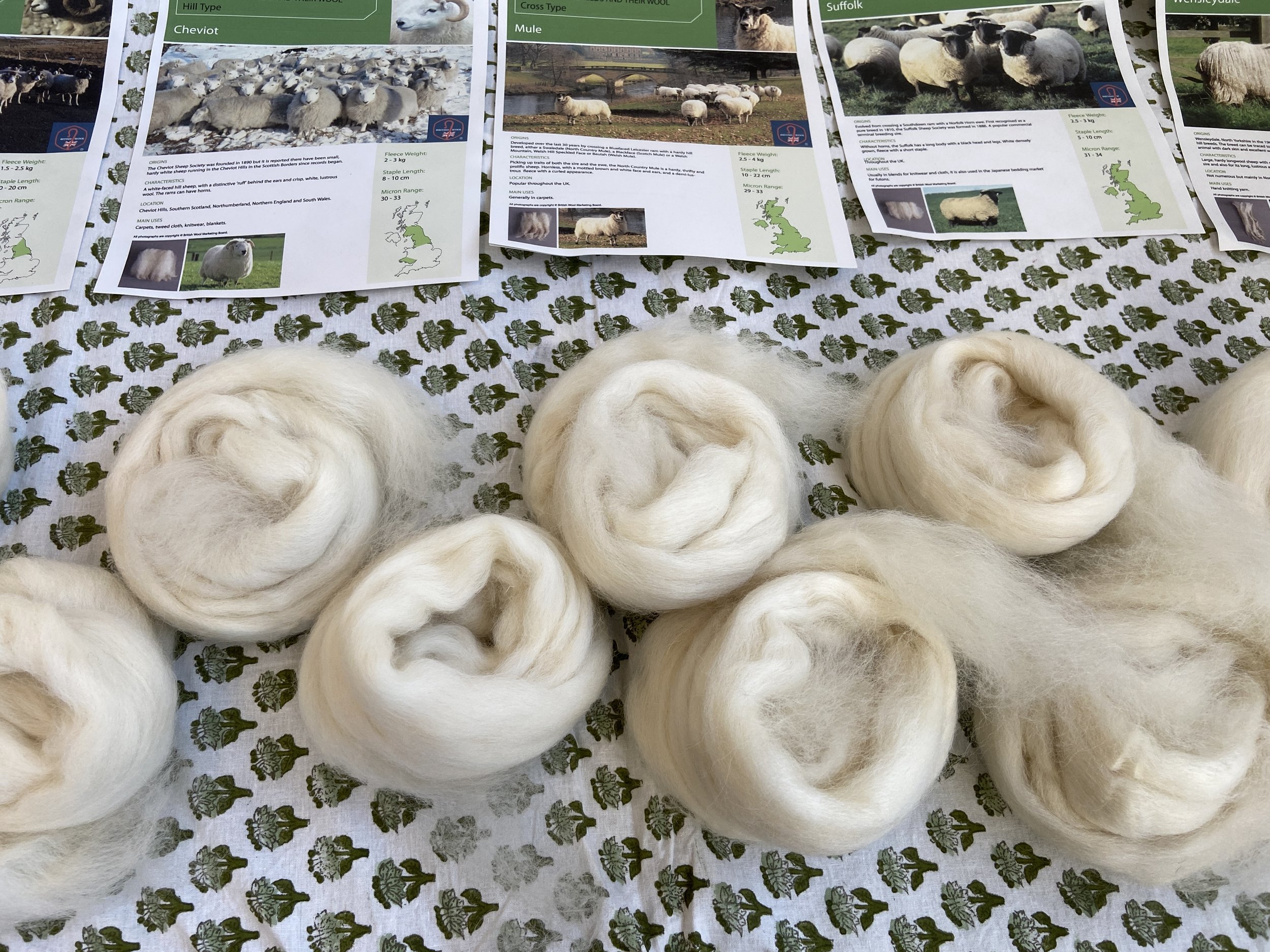 Image 1 of 7
Image 1 of 7

 Image 2 of 7
Image 2 of 7

 Image 3 of 7
Image 3 of 7

 Image 4 of 7
Image 4 of 7

 Image 5 of 7
Image 5 of 7

 Image 6 of 7
Image 6 of 7

 Image 7 of 7
Image 7 of 7








Introduction to Natural Dyeing – 5 week evening course
Thursday evenings
6.30pm-9pm
June: 5th, 12th, 19th, 26th & July 3rd 2025
Kentish Town City Farm, NW5 4BB
(closest transport: Gospel Oak (overground), Kentish Town (Northern line and Thameslink)
The colours for our fabrics came mainly from plants until synthetic dyes were developed in the late 19th century. This introductory course offers the chance to learn how to use plants to create colours to dye cotton, silk and wool. Through the five sessions you’ll learn about the history of dyes, techniques for dyeing, plants to use, how to combine colours, using flowers and leaves for hapazome and using woad, the traditional blue dye.
Session 1: an introduction to the history of dyeing fibre, preparing your fibres and mordanting
Session 2: dyeing with traditional plant materials to create a range of different colours
Session 3: dyes you can forage for – an evening of experimentation with different plants you have foraged
Session 4: using flowers and leaves for hapazome
Session 5: dyeing with woad to produce blues
This is a participatory, hands-on course where you’ll have a chance to learn by doing in a collaborative, fun atmosphere.
What you will need:rubber gloves and an apron
What you will take away:skein of dyed wool, squares of dyed cotton, silk and wool, handouts
No experience necessary
Thursday evenings
6.30pm-9pm
June: 5th, 12th, 19th, 26th & July 3rd 2025
Kentish Town City Farm, NW5 4BB
(closest transport: Gospel Oak (overground), Kentish Town (Northern line and Thameslink)
The colours for our fabrics came mainly from plants until synthetic dyes were developed in the late 19th century. This introductory course offers the chance to learn how to use plants to create colours to dye cotton, silk and wool. Through the five sessions you’ll learn about the history of dyes, techniques for dyeing, plants to use, how to combine colours, using flowers and leaves for hapazome and using woad, the traditional blue dye.
Session 1: an introduction to the history of dyeing fibre, preparing your fibres and mordanting
Session 2: dyeing with traditional plant materials to create a range of different colours
Session 3: dyes you can forage for – an evening of experimentation with different plants you have foraged
Session 4: using flowers and leaves for hapazome
Session 5: dyeing with woad to produce blues
This is a participatory, hands-on course where you’ll have a chance to learn by doing in a collaborative, fun atmosphere.
What you will need:rubber gloves and an apron
What you will take away:skein of dyed wool, squares of dyed cotton, silk and wool, handouts
No experience necessary


